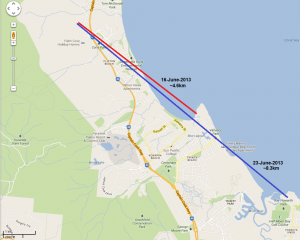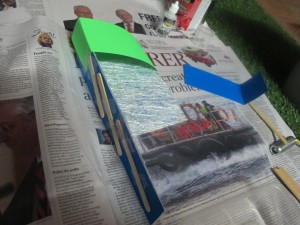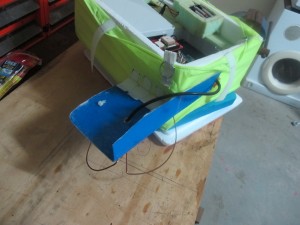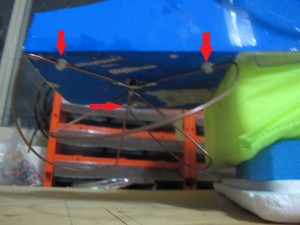I’ve been in touch with CASA regarding authorisation of the Balloon flight. What I do know is:-
* I need to ensure that the craft, procedures, etc follow procedures outline in the appropriate legislation
* It can take several weeks for authorisation to be provided
* CASA charge for the process. An estimate is provided, the estimated fee is paid and then work is done. For one application it too 3 hours at a rate of $160/hr. This is probably more then the cost of the payload.
CASA were helpful on the phone but came to the realisation that I obviously need to commit a large amount of time to this component, but suspect it will be time well spent.
I downloaded the Legislation (Volume 3 of 4):-
Civil Aviation Safety Regulations 1998 Statutory Rules No. 237, 1998 as amended made under the Civil Aviation Act 1988
which was file F2013C00316VOL03.pdf and I am interested in sections 101.140 and onwards.
Interpreting the Legislation
Several things to note about the legislation and how this matches with the project.
- The balloon that I am making is classed as a ‘Medium’ sized balloon.This is because it is less then 6kg weight but the diameter of the balloon will exceed 2 metres. (It will probably get to about 7 metres just before it pops).
- The balloon is not a zero-pressure balloon and so requires two ways to bring down the payload and two ways to finish the flight. The balloon ‘popping’ on its own is considered to be one way to satisfy both requirements simultaneously. Another way needs to be added to allow bringing the balloon down – preferably manually.




